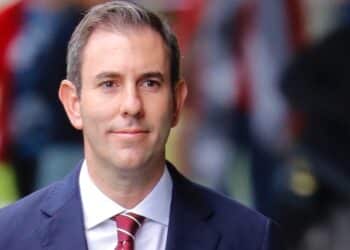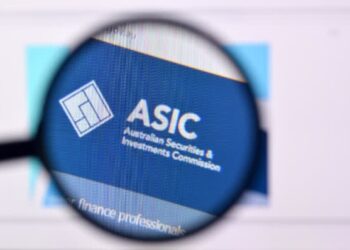Tracey Scotchbrook, head of policy and advocacy at SMSF Association, said a number of scenarios brought up by association members into how the proposed super cap will work are highlighting the need for more government consultation to ensure changes won’t negatively affect more Australians.
A working group comprised of technical experts, auditors, and financial advisers will be looking into situations in which the proposed cap could be triggered unintentionally.
“There are issues around things like insurances, or death and injury compensation which need to be addressed,” she said.
“Market fluctuations of investments and losses are also a concern and can create distorted outcomes.
“For example, the proposed formula operates on the basis that a person has a TSB of more than $3 million at 30 June. If a person’s TSB falls below $3 million, it would appear that no calculation of losses occurs. Even though there has been a downward valuation of the member’s interests due to market movements.”
She said although the total superannuation balance (TSB) may decline below $3 million, no tax refund or adjustment is catered for.
“Further, no loss calculation applies for future years as the TSB is below $3 million at the end of the current financial year,” she said.
“If the value of the fund assets does not result in a balance that exceeds $3 million again in the future, tax has been paid on a value that has not been realised by the fund. That is, it has never been converted to cash and a capital gain has not been triggered.
“Although the proposed formula allows for the calculation of losses which can be applied in future years, the outcome may not be what you might think. Even when the loss in one year and gain in the next are one and the same.”
Another concern relates to insurance payouts.
“Under the current operation of the TSB rules, contributions made from personal injury compensation payments are excluded from a person’s TSB,” she said.
“There are important policy reasons for this. However, we don’t have the same treatment for someone who receives a total and permanent disability insurance benefit from a policy held in their superannuation fund.
“A claim is made, and the proceeds are paid into the member’s account. This will have the effect of increasing a person’s total superannuation balance.
“Further, when a benefit is paid, even if only from insurance proceeds, it would be added back as a withdrawal and included in the earnings calculation.”
Ms Scotchbrook said another inconsistency within the legislation concerns the death of an SMSF member.
“There are questions around when a member dies, will an assessment still arise under this proposal? Will a deceased member’s estate be liable for an assessment arising after a person’s death?” she said.
“This can create issues where the superannuation benefits are paid directly from the fund to the nominated beneficiary. The estate will have the tax liability but not the benefit of the superannuation proceeds. Further, the beneficiaries may not be the same.”
There is also the problem of whether life insurance proceeds will be included in the TSB calculations, said Ms Scotchbrook.
“This could create tax liabilities where a person’s TSB in life was less than $3 million. Life insurance benefits received directly outside of the superannuation system are not taxable,” she said.
“As well, will death benefit payments to beneficiaries count as withdrawals and be added back into the earnings calculation? We just don’t know and will need more details.”
Apart from the questions surrounding the calculations which have been cited by the government in regard to the new $3 million super cap, the SMSF Association has also raised concerns about the cost to the government in implementing the new policy, fearing it could be more expensive than income-generating, similar to what occurred with the Division 293 tax.



